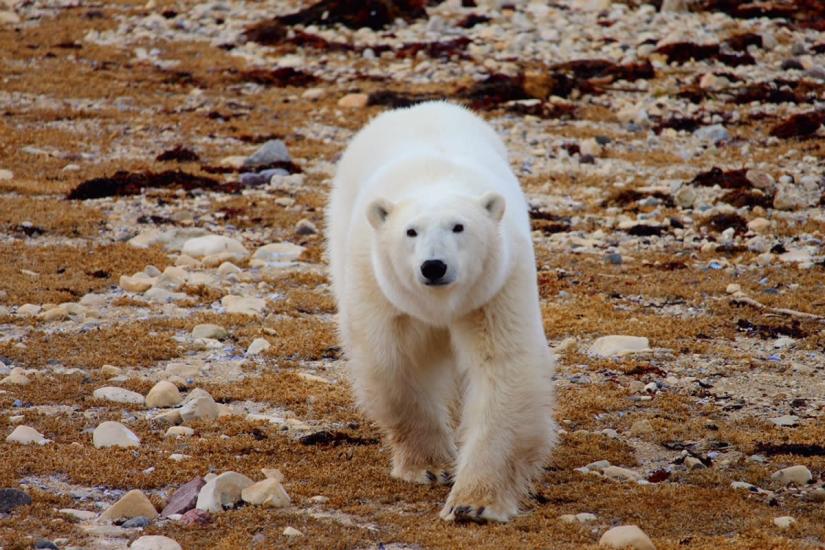- Things To Do
- Events
- Food & Drink
-
Places To Go
- Winnipeg
- Churchill
- Eastern Region
- Central Region
- Interlake Region
- Parkland Region
- Western Region
- Manitoba North
- Must-See Destinations
-
Itineraries
- Island Getaway on the Prairies
- Wheat City Wanderings in Brandon
- Escape to the water and the wild
- St. Boniface Winter: Passion and History
- Follow the path to a story in Neepawa
- Unleash your inner Viking this winter
- Explore Clear Lake this winter like never before
- Breathe in the Whiteshell this winter
- Go North for a boreal forest escape
- Treaty Areas
- Where To Stay
- Trip Essentials
- #ExploreMB Blog
Navigation Options
- FREN
- Things To Do
- Events
- Food & Drink
-
Places To Go
- Winnipeg
- Churchill
- Eastern Region
- Central Region
- Interlake Region
- Parkland Region
- Western Region
- Manitoba North
- Must-See Destinations
-
Itineraries
- Island Getaway on the Prairies
- Wheat City Wanderings in Brandon
- Escape to the water and the wild
- St. Boniface Winter: Passion and History
- Follow the path to a story in Neepawa
- Unleash your inner Viking this winter
- Explore Clear Lake this winter like never before
- Breathe in the Whiteshell this winter
- Go North for a boreal forest escape
- Treaty Areas
- Where To Stay
- Trip Essentials
- #ExploreMB Blog

Wildlife Viewing
See the Big Five
Photo Credit: Alex de Vries
Setting the scene for your northern Manitoba summer safari
Posted April 27, 2016 | Author Travel Media Relations
Churchill, Manitoba is renowned as the Polar Bear Capital of the World for heart-pounding encounters with the world’s largest carnivore during their annual fall congregation in October and November. This remote town on the edge of Hudson Bay, however, is also an ultimate summer destination, not only to view polar bears, but for bonding with another white mammal: the beluga whale. Here are the top five reasons to head to Churchill, Canada, in summer.
Belugas are social, playful and curious; and time with these friendly whales is the highlight of any northern Manitoba summer safari. Nowhere else in the world can you get as up close and personal with beluga whales than the mouth of the Churchill, Seal and Nelson rivers. The western Hudson Bay coast is summering ground for approximately 57,000 belugas, also known as ‘white whales’ because of their distinctive colour, or ‘sea canaries’ for the lively sounds they make underwater.
In July and August, Sea North Tours offers daily departures dependent upon tide times and weather conditions. Visitors can glide alongside playful pods while kayaking, sharing sounds and glances through clear waters. Passenger boat beluga experiences are also available with Lazy Bear Expeditions. For for thrill seekers—try paddleboarding or AquaGliding™ with belugas!
See summer bears

Yes, you can still see a polar bear or two in summer. July and August is not prime polar bear season (October and November are) , yet great opportunities exist to watch bears sleeping among the boulders, roaming along the shoreline, or swimming in the bay.
Lazy Bear Expeditions offers full-day boat tours up the Hudson Bay Coast to renowned Hubbard Point for polar bear viewing, and operations manager Wally Daudrich thinks it’s a remarkable time to take them in: “We visit areas in our summer season where we know polar bears frequent. Summer allows us to see the predator prey relationship, with polar bears hunting for seals and beluga whales.”
Churchill Wild operates remote fly-in wilderness lodges and hosts a Birds, Bears and Belugas summer package where the highlight includes walking with polar bears – safely with highly experienced “polar bear whisperers” as guides. Summer is the best time for unique photo opportunities, says Business Director Melanie Swenarchuk: “The bears are sublimely white during their first month off the ice, which provides stunning images against the wildflowers of the tundra.”
Steep yourself in Hudson Bay history

Imagine living in a stone fortification on the Hudson Bay in the 1700s, north of the 57th parallel, watching ships approaching from the hazy horizon. Prince of Wales Fort was built for defensive purposes during the English/French rivalry, and later served as a major trading post. Today, visitors can explore the National Historic Site in summer, with tours hosted by Parks Canada offering an authentic opportunity to step back in time.
Other Parks Canada experiences include: Night at the Fort featuring overnight camping inside the walls, 18th Century activities, and exploration of the Fort’s many out-of-the-way corners. Nearby Sloop Cove is another significant site because of inscriptions left by men who lived at the fort and worked with the Hudson’s Bay Company, like Samuel Hearne. A hike from Prince of Wales Fort to Sloop Cove connects visitors to the land and its history.
Explore shipwrecks and the great outdoors
Churchill is perched on a point where freshwater river meets northern saltwater ocean, and boreal forest meets Arctic tundra. The Hudson Bay coast is an ancient and rugged region, with rocky beaches, grassy knolls, and hundreds of car-sized boulders.
Town and area tours provide excellent orientation for arriving tourists. “We drive to different areas, and get out and explore on foot. This is the best way to experience the Churchill area,” says Paul Ratson, owner of Nature 1st. “We cover everything from Canada’s most northerly port to the rocket range, and all points in between.”
Churchill’s very own ghost ship, the Ithaca, rests 750 meters offshore. It ran aground in 1960 after its rudder broke, leaving it forever stuck in the same spot. Low tide is the ideal time to venture out onto tidal flats to view the 80-meter long steamship, completely surrounded by water when the tide is high.
Revel in a long, relaxing train ride
You cannot drive to Churchill. The closest road north ends near Gillam, Manitoba, hundreds of kilometers south of the isolated port town. Though a two-hour flight from Winnipeg is convenient, there is nothing like taking the train into Churchill.
The Winnipeg-Churchill VIA Rail route – called the Hudson Bay Line – covers 1700 kilometers over two days. Referred to as the Trans-Siberian Railway of North America, the Hudson Bay Line is one of few in the world that traverses permafrost.
On the journey, passengers travel the entire length of Manitoba, witnessing incredible landscape change—from the crop-filled farmland in the south, through the lush boreal forest, high on a bridge over the massive Nelson River, arriving on the sub-Arctic tundra in the north. Zen out with the passing landscape, gaze at the Northern Lights, or slow down and reconnect with people, whether travelers from around the world or local Indigenous residents. There is no wi-fi available on the train, so travellers learn to occupy their time the old-fashioned way.

About The Author
This story was originally commissioned by Travel Manitoba Media Relations.
